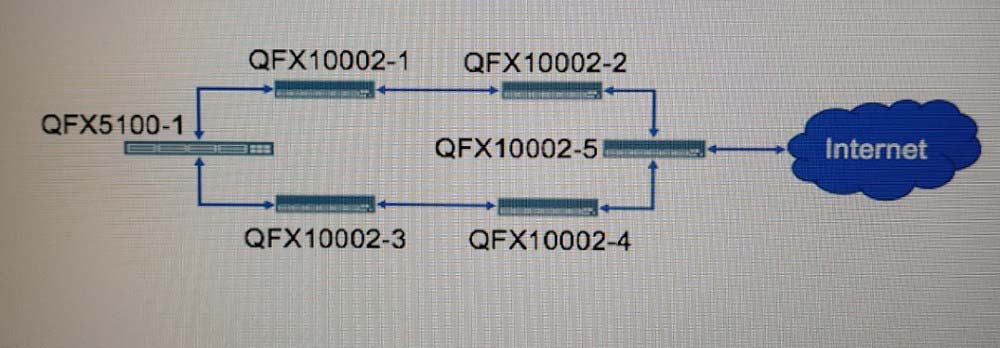What are two benefits of cloud automation? (Choose two)
Cloud automation simplifies network operations that involve complex configurations by automating routine tasks, which helps reduce the potential for human error and enhances efficiency. Additionally, it performs repeatable tasks, ensuring consistency and saving time compared to manual processes.
What is an SDN solution?
An SDN solution refers to software-defined networking, where control over network devices is decoupled from the underlying hardware. OpenFlow is one of the first and most widely recognized standards for SDN, enabling the SDN controller to interact directly with the forwarding plane of network devices.
Which node in a Contrail cluster graphically maps overlay traffic flows on top of the underlay topology?
In a Contrail cluster, the analytics node is responsible for collecting and aggregating system state information. It provides comprehensive graphical views that allow users to easily monitor overlay traffic flows on top of the underlay topology. The control node, configuration node, and compute node do not perform this specific function.
Click the Exhibit button.
Exhibit:

Which EVPN/VXLAN scenario is shown in the exhibit for QFX5100-1?
The exhibit shows an MC-LAG (Multichassis Link Aggregation Group) scenario. In this setup, the QFX5100-1 switch is connected to two QFX10002 switches for redundancy and load balancing purposes, indicative of MC-LAG. Multihoming typically refers to connecting to multiple ISPs for fault tolerance. VPLS active-active and MSTP are different technologies for achieving redundancy but are not depicted in this network topology.
Which protocol does Juniper Networks recommend to provide real-time updates of the network topology to the NorthStar Controller?
Juniper Networks recommends using BGP-LS (Border Gateway Protocol - Link State) to provide real-time updates of the network topology to the NorthStar Controller. BGP-LS is specifically designed for this purpose as it can carry link-state information across an IP network, facilitating the controller's understanding of the network's current state.